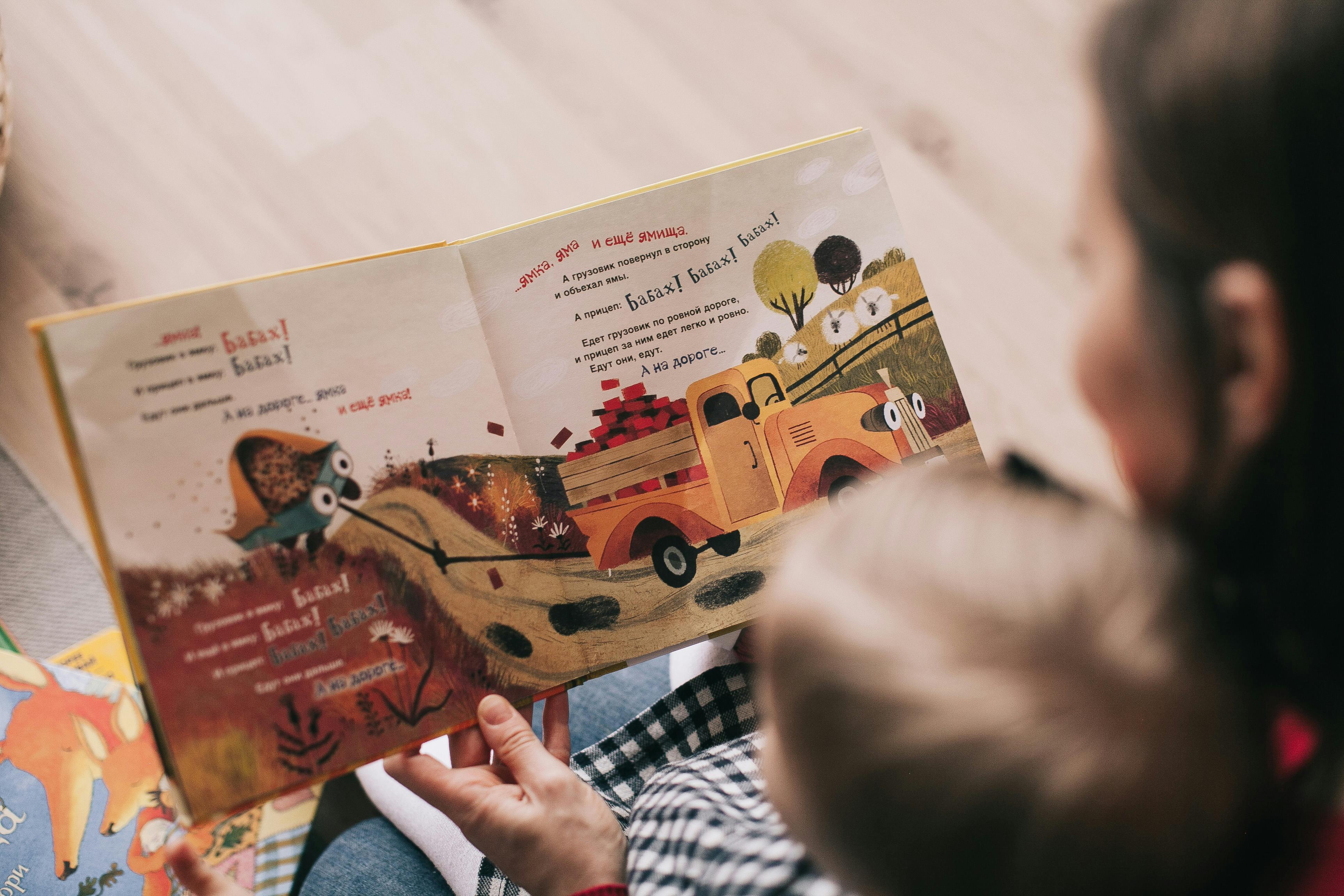Table of Contents
Ensuring the safety of the children in your care should always be your top priority. By following these top 10 safety tips, you can provide a secure environment for the children you babysit and give their parents peace of mind.
Importance of Safety
The safety of the children you are babysitting should always be at the forefront of your mind. Before starting a babysitting job, it’s important to familiarize yourself with the home and any potential hazards. Take note of where fire extinguishers, first aid kits, and emergency contact information are located. It’s also essential to be aware of any allergies the children may have and how to address them in case of an emergency. Being proactive about safety measures can prevent accidents and ensure a smooth babysitting experience.
On-Demand Childcare in Your Neighborhood
Book a Sitter
Staying Vigilant
As a babysitter, it’s crucial to always stay vigilant and keep a close eye on the children in your care. Make sure that you are constantly supervising children, especially around potentially dangerous areas like swimming pools, stairs, or kitchen appliances. It’s also important to be mindful of any potential choking hazards and keep small objects out of reach of young children. By staying alert and attentive, you can prevent accidents before they happen.
Handling Emergencies
Even with the best precautions, emergencies can still arise while babysitting. It’s essential to be prepared for any situation by knowing what to do in case of an emergency. Make sure you have a list of emergency contacts, including the parents’ contact information, as well as the phone numbers for poison control and emergency services. Familiarize yourself with basic first aid techniques, such as CPR and the Heimlich maneuver, so you can respond quickly in the event of an emergency. Knowing how to stay calm under pressure and take swift action can make all the difference in a crisis.

Interacting with Children
Building a rapport with the children you babysit is essential for creating a safe and comfortable environment. Make sure to communicate clearly with the children and set expectations for their behavior while under your care. Encourage open communication by listening to their needs and concerns and addressing them in a caring and respectful manner.
Establishing boundaries and rules from the outset can help prevent misunderstandings and ensure a positive babysitting experience for everyone involved.
Communication with Parents
Maintaining open and transparent communication with the parents of the children you babysit is key to ensuring their safety. Make sure to inform the parents of any incidents or accidents that occur while they are away, no matter how minor. Communicate any concerns you may have about the children’s behavior or well-being, and ask the parents for specific instructions regarding the children’s care. By keeping the lines of communication open, you can work together with the parents to provide the best possible care for their children.
In conclusion, babysitting is a rewarding job that comes with a great deal of responsibility. By prioritizing safety, staying vigilant, knowing how to handle emergencies, interacting effectively with children, and maintaining open communication with parents, you can provide a safe and secure environment for the children in your care. Following these top 10 safety tips will help you become a trusted and reliable babysitter that parents can depend on.











